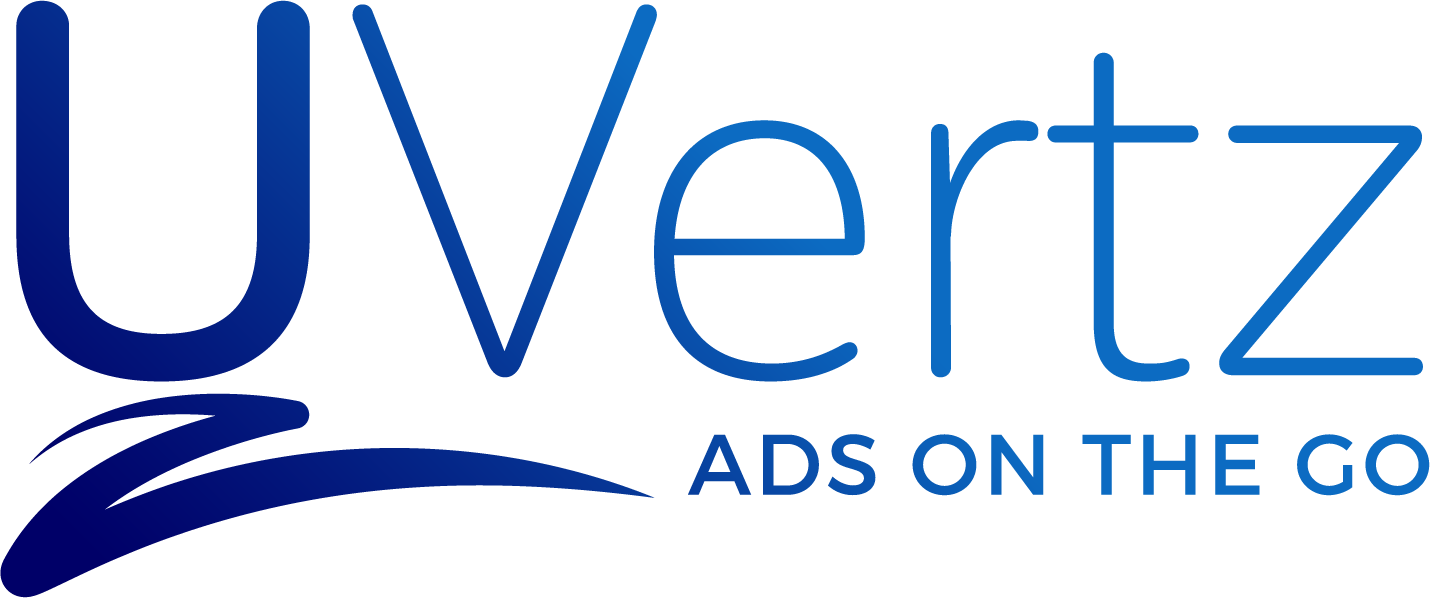The Path Forward: Marketing in a Down Economy
Increasing marketing during a recession can lead to growth. An economic downturn is an opportunity to cement brand loyalty. It is an opportunity to message your audience to demonstrate your leadership, your strength, and your ability to see the big picture. It is a strategic time to invest in marketing and gain market share.
It makes sense to increase your marketing during an economic downturn. And if you have to decrease your marketing budget, we show you how you can “spend smart” by concentrating on less costly media exposure.
McGraw Hill Study: The Recession of 1980-85
This research project involved 600 businesses across 16 different industries, some of which maintained or increased their marketing budgets, and some of which decreased their marketing budgets.
Businesses that continued to advertise saw 256% higher sales than their competitors post-recession.
Businesses that chose not to advertise during the downturn saw 0% market share increase. Moreover, those businesses saw only an 18% increase in sales post-recession.
Conclusion: In times of prosperity, you should advertise; in times of hardship, you must advertise.
Notable Examples of Companies that Grew During a Recession
KeIlogg’s / 1929-39 Great Depression: Post, the market leader, decimated its marketing budget during the Great Depression. Rival Kellogg’s doubled its advertising budget and quickly saw its profits soar by over 30%. KeIlogg’s is still the market leader in this category.
Toyota / 1973-75 Recession: During a recession triggered by the energy crisis, Toyota increased its marketing budget. In 1976, Toyota surpassed Honda as the top auto importer in the United States.
Pizza Hut / 1990-91 Recession: McDonald’s decided to reduce its marketing spending. Pizza Hut took advantage of the reduced competitor presence by increasing its marketing. Pizza Hut saw a 61% increase in sales while McDonald’s suffered a 28% decline.
Amazon / 2008-09 Recession: Amazon increased its marketing budget and saw sales increase by more than 30%.
How UVertz Can Help
Brands that cannot increase their marketing budget can still supercharge their marketing exposure by leveraging UVertz.
The UVertz platform reaches more people for less money.
UVertz boasts the lowest CPMs (Cost per 1,000 impressions) in the industry.
UVertz CPMs are $0.97 - compared to, for example, $24.60 for Online Video.
UVertz drives marketing innovation. Uber/Lyft routes are market driven, guaranteeing your marketing messages are seen where people congregate.
McDonald’s Saw a 68% Lift by Advertising on Ubers and Lyfts During Economic Downturn
McDonald’s advertised on the rear windows of Ubers and Lyfts throughout South Florida from January 1, 2022, through March 31, 2022.
During Q1 2022, the same time period McDonald’s leveraged the UVertz platform, McDonald’s faced higher commodity and labor costs. McDonald’s also contended with a customer base sensitive to inflationary pressures. Indeed, during Q1 2022, McDonald’s U.S. menu prices increased by 8%.
independent third party, Mira, tracked over 500,000 Floridians by accessing the geolocation services embedded in their cell phones to see if they visited a McDonald’s location after having seen the McDonald’s advertisements on the rear windows of Ubers and Lyfts.
The Mira case study shows that people who saw our advertisements on the rear windows of Ubers and Lyfts throughout South Florida in Q1 2022 were 68% more likely to visit a McDonald's location compared to consumers who didn't see our ads.
Click here to see the data:McDonald's Case Study

